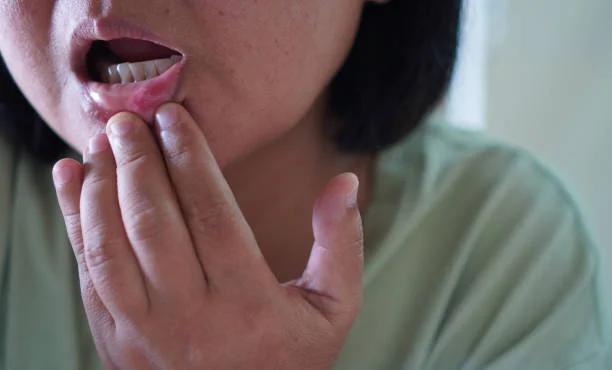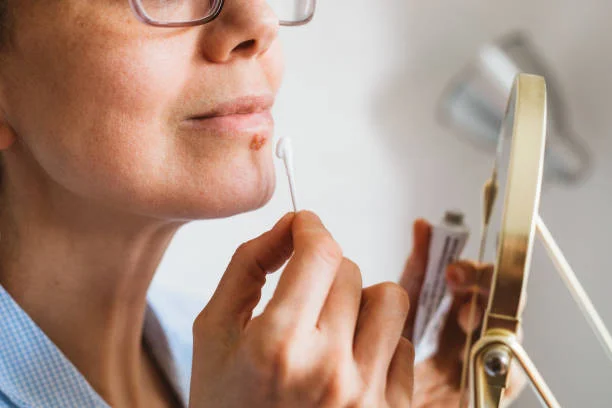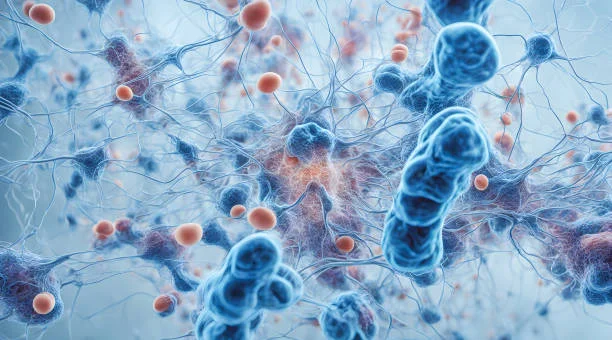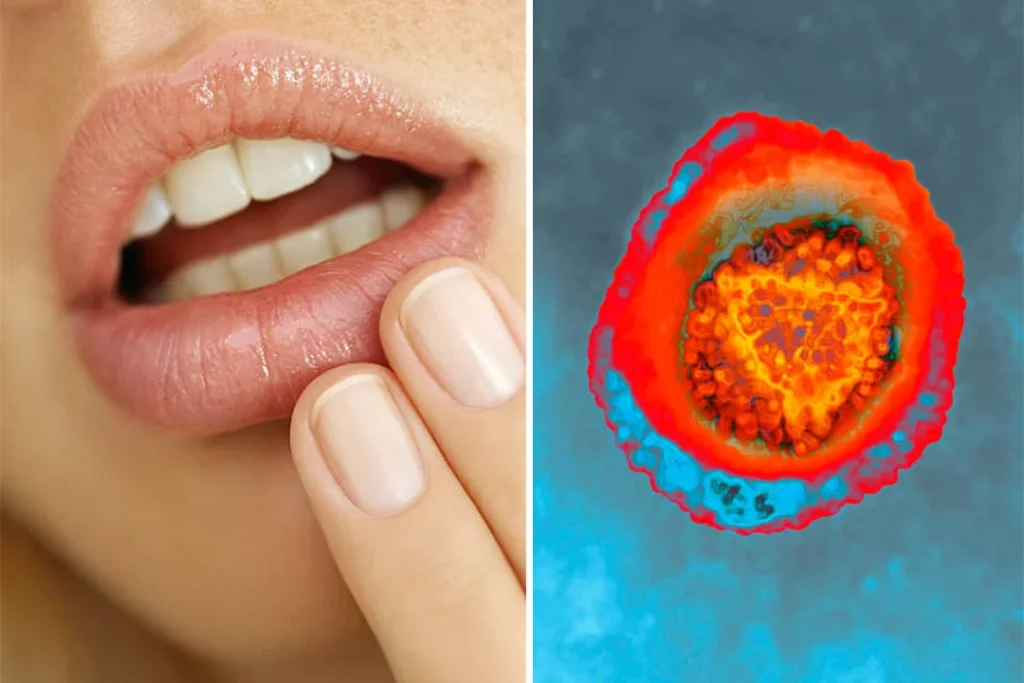A specialist has suggested a possible connection between Alzheimer’s disease and a virus about 3.8 billion individuals have most certainly come across.
Over thirty years, Professor Ruth Itzhaki of Emeritus Professor of Molecular Neurobiology at the University of Manchester has been investigating this link. She and associates found evidence linking Alzheimer’s disease to the type 1 herpes simplex virus (HSV-1), which causes cold sores.

(Getty stock)
The World Health Organisation (WHO) estimates that HSV-1 infects about 3.8 billion people aged under 50. This makes about 64 percent of the global population overall. Of individuals under 50, over two-thirds have HSV-1.
The WHO further specify that there are two types of the virus: type 1, which is spread orally and causes infections all around the mouth; type 2, which is spread sexually and causes genital herpes.

(Getty stock)
Usually spreading by skin-to—-contact, HSV-1 causes painful blisters or ulcers. Although HPV can be treated, it cannot be cured; it can also lie inactive in the body for years without triggering an epidemic.
Professor Itzhaki and the University of Oxford discovered in a 1997 study that those with Alzheimer’s disease contained a specific form of a gene known as APOE-e4. Looking at the brains of people with HSV-1, researchers found aberrant proteins amyloid and tau commonly seen in Alzheimer’s patients.

(Getty stock)
The virus is thought to lie inactive for many years, even decades, before waking up. According to Professor Itzhaki, the virus can reach the brain and reactivate as people age and their immune system weakens. “Once resurrected, it inflames brain cells and destroys them. Repeated flare-ups over time could develop the kind of brain damage that some people experience leading to Alzheimer’s disease.”
Professor Itzhaki advanced this notion this year by investigating how elements like head trauma can set off the virus to reactivate. Their studies revealed a brain model subjected to minor blows that can reawaken the dormant HSV-1 virus, thereby generating brain inflammation. This inflammation may have a role in the brain abnormalities frequently seen in Alzheimer’s patients.

In his talk, Professor Itzhaki underlined the significance of knowing the risk factors for Alzheimer’s disease and dementia as well as their development to aim therapy and prevention as early as feasible.
Other scientists are investigating the prospect of a relationship between these two objects as well. Within the past year, researchers from the Medical Branch of the University of Texas discovered that those who had the virus were 2.44 times more likely than those without an HSV-1 diagnosis to get dementia. This conclusion derived from a comparison of electronic health records covering around 120 million US citizens.
Still, further study is required to completely grasp the relationship. Further clinical studies, according to researchers, might open fresh avenues for dementia prevention and treatment.
